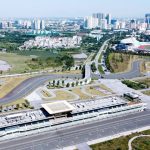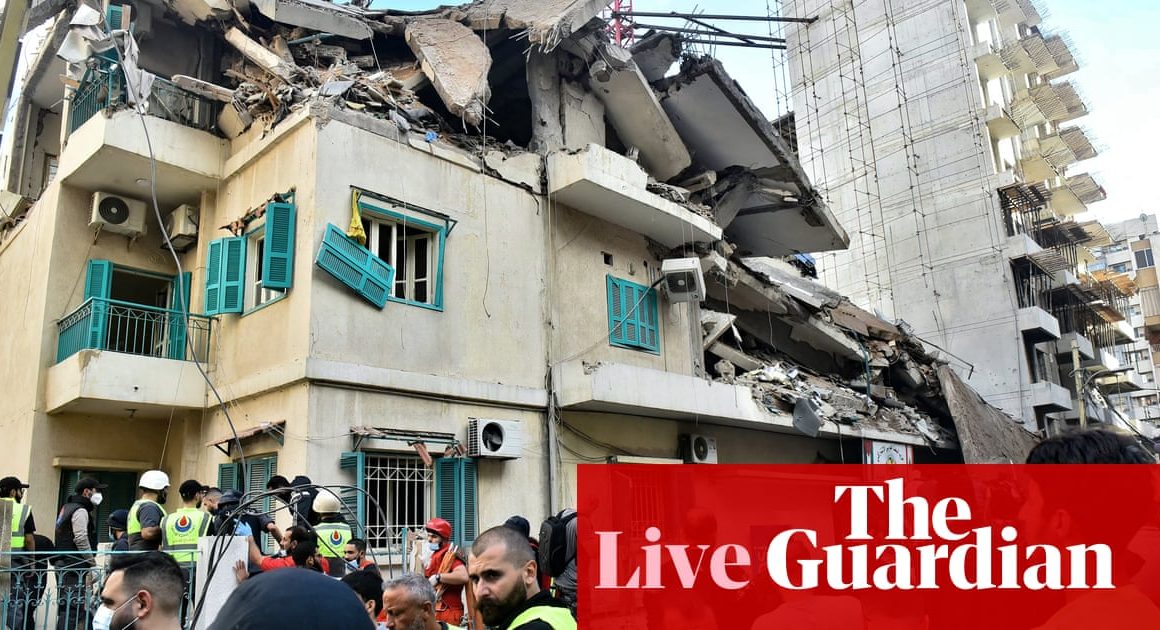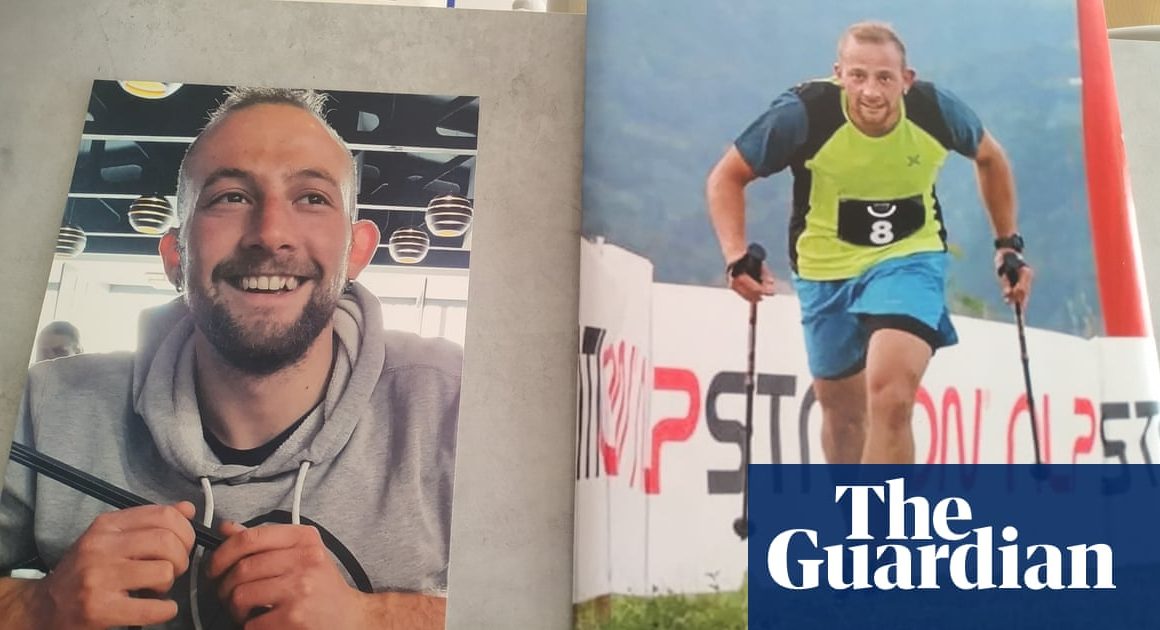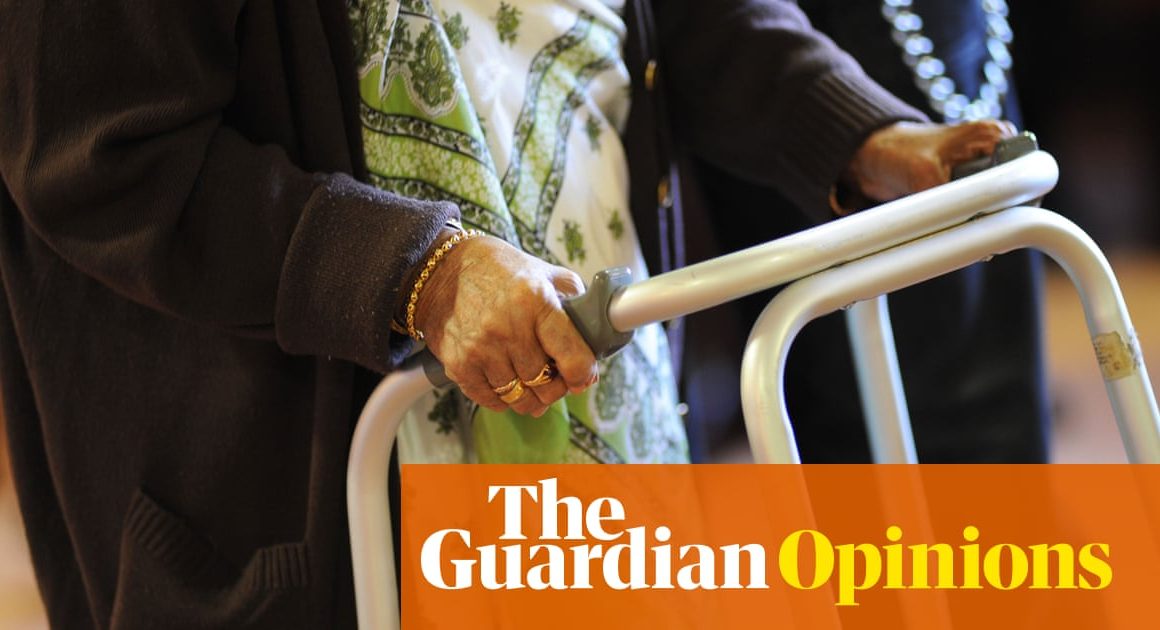The spread of slingshot-style weapons that shoot metal darts has worsened violence and led to a rise in traumatic injuries in Papua New Guinea’s north-eastern East Sepik province, authorities and medical officials said in the wake of attacks in the area that left dozens dead.
Last month, attacks by young men on three remote villages in East Sepik’s Angoram district killed at least 26 people including women and children, though estimates of the total number killed have varied.
Speaking from UN-run care centres at Angoram district headquarters, survivors told the Guardian that 63 people were killed. The survivors asked to remain anonymous because they were told by local authorities not to speak to the media. The UN said the death toll was more than 50 people.
Some women and girls were raped and houses were torched in the attacks, perpetrated by a gang called “I don’t care” in Angoram. East Sepik acting provincial police commander James Baugen said the killings were due to longstanding land disputes between the villagers.
Inter-tribal violence, typically driven by disputes over land, has escalated in East Sepik and the surrounding provinces in recent years. Authorities say weapons known as wire catapults, where metal arrows can be fired over long distances from a slingshot, are spreading. The slingshots are also known as “silencers” because they are not heard when fired. Wire catapults, knives, sticks and stones were used in the recent attacks in Angoram.
East Sepik’s governor, Allan Bird, said wire catapults “add a lethal weapon that has a longer reach”.
“These weapons are predominantly used in Wewak and Angoram but are slowly proliferating around the province because they are very easy to make,” Bird said.
In East Sepik’s Lowan village in Wewak district, another fight erupted this week with houses torched and unconfirmed reports of people killed.
Trauma cases rising
Bird said while the direct cause of the increase in the violence in East Sepik was not clear, there were a number of factors including the availability of wire catapults.
“The wire catapults came in about five years ago. Not sure from where but the escalation of violence has been growing over the years,” Bird said.
“These weapons are predominantly made and used by juveniles. The violence is fuelled by alcohol consumption. There is also significant underlying issues, to do with disputes over land boundaries as [the] population increases.”
Bird said the “lack of justice, not enough policeman” was making things worse for East Sepik. He said after the recent attacks in Angoram, police arrived several days late.
“Since there was no petrol in the province, it took police a few more days to respond,” Bird said.
According to East Sepik health authority’s chief executive, Mathew Kaluvia, trauma cases are on the rise in the province due to the use of wire catapults. Kaluvia said trauma admissions were high compared with other admissions at the hospital.
“Statistics from the East Sepik provincial hospital in 2021 for trauma admissions have shown that while the non-trauma cases are below 50%, trauma cases are close to 60%,” he said.
Kaluvia said they were yet to get statistics for this year, but there had been a lot of admissions for injuries from bush knives, wood, stones, iron rods and, recently, wire catapults.
“Many of these admissions are for lacerations as well as traumatic injuries to the brain, fractures, and head and chest injuries.”
Kaluvia said the use of wire catapults was affecting many lives and putting a strain on hospital resources. He said the surgery team had been doing their best to save lives.
Baugen, the acting police commander, said five suspects had been arrested over the Angoram attacks and police were looking for dozens of others.
UN teams on the ground in Angoram are running care centres for the survivors of the attacks, with close to 200 people taking refuge at six centres. The UN said the displaced families needed food, water, hygiene kits for women and children, clothing and other items such as bedding.
Unicef, also on the ground, said it had received five unaccompanied children in Angoram whose parents were killed or missing. Unicef Papua New Guinea representative Angela Kearney said a specialised team was available to identify the children and provide care, including much-needed psychosocial support.
“Words can’t describe the horrors these poor children have witnessed,” Kearney said.












